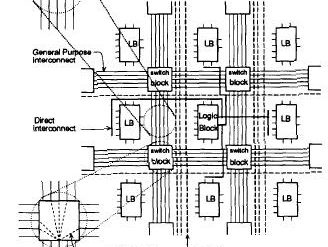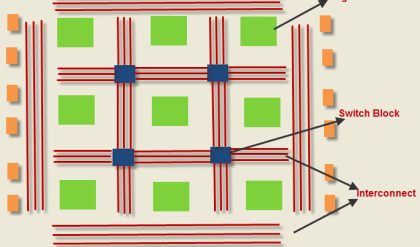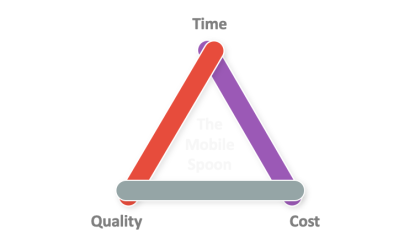Iddq testing is one of the many ways to test CMOS integrated circuits in production. These circuits are usually tested as a way to find different types of manufacturing faults. Electric faults can be a major hazard and it can even lead to fatalities. This method relies on measuring the supply current (Idd) in its quiescent state (static value of a non-switching circuit). The current that is then measured at this state is called Iddq or Idd (quiescent).

This testing method is based on the principle that there is no static current path between the power supply and the ground in a correctly operating quiescent CMOS digital circuit – except for a small amount of leakage. It then detects the leak by picking up on any increased magnitude of the current, which is easily shown due to semiconductor manufacturing faults. It then has the upper hand of being able to check the chip for as many possible faults with only one measurement. It also works much better than conventional stuck-at fault test vectors in the sense that it picks up faults that usually go by these measurements undetected.
Even though this method is quite popular and simple, its inner workings are very complex. It goes beyond just measuring the supply current. To use an example, if a line is shortened to Vdd it will still be unable to draw extra current if the gate driving the signal is set to ‘1’. But a different input attempting to set the signal at ‘0’ will show an increase in quiescent current that will indicate a bad part in the electrical stream. A typical Iddq test will use about 20 inputs. These test inputs need only controllability and not necessarily observability. The reason for this is that observability takes place through the shared power connection.
The advantages of Iddq are far greater than anyone could have ever imagined. Firstly, it is a simple and direct test that can identify physical defects more effectively than standardised equipment or methods. Secondly, the time period attached to it isn’t very demanding. What this means is that the design time and area overhead are relatively low. The test generation is fast, the test application time is fast due to the small sets in vectors, and it catches underlying effects that other tests can’t pick up on immediately.
One disadvantage of Iddq testing is that it can be time consuming if compared to methods like scan testing. It is also a more expensive option, comparatively speaking. The reason for this is because it is achieved by current measurements that take much more time than reading digital pins in mass production






Comments are closed.